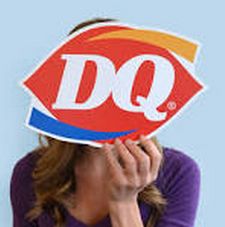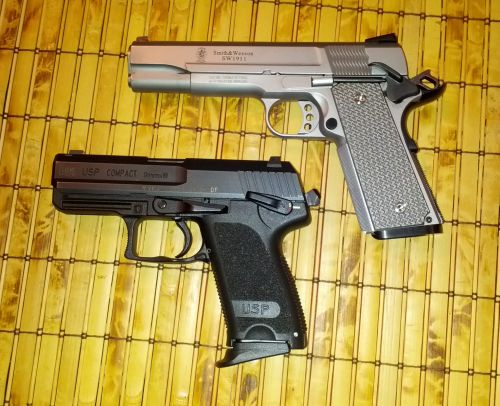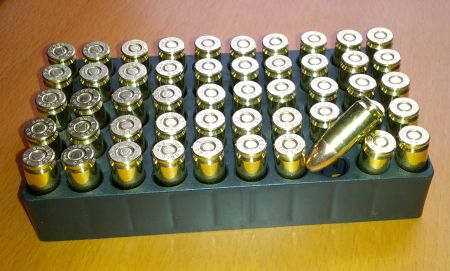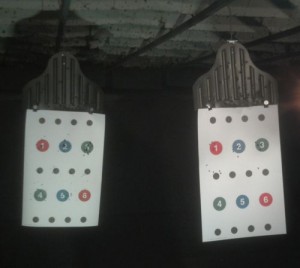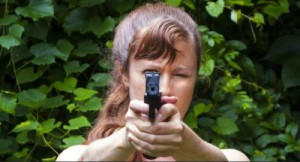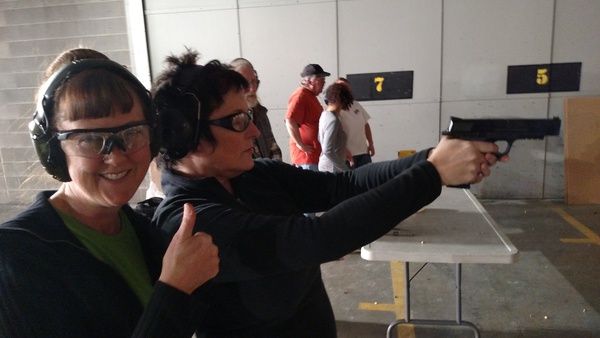
Making friend is easier when you are willing to help others learn. — Shooter’s Like Us night at the Wake County Range — April 2016.
When I started shooting it was a solo pursuit. I didn’t think I knew anyone I could ask to teach me and then, once I got started, I had trouble finding other shooters I could share this new passion with. Why does that matter? Because making friends who shoot will give you access to a wide range of personal experience, encouragement and support in your pursuit of firearms skills and safety.
I got lucky. When I showed up to my NRA First Steps Pistol class, one of the instructors was an old friend I’d lost track of from over a decade ago. Neither of us were shooters before. She let me shoot some of her guns and helped me select my first pistol to purchase. That was a S&W 22A chambered in .22LR.
She made me aware of a Ladies Handgun group that met once a month. That seems to be unique to women, as I haven’t heard of a support group for men in shooting, but it was a great resource for me. They helped me select my first 9mm handgun: an XDS by Springfield Armory.
I since sold both of these guns, but they were good starting options.
I began networking with people I already knew as I became passionate about shooting. I wasn’t shy about sharing my new interest. After dozens of conversations with gun friendly people, I realized that many firearms enthusiasts don’t actually shoot that often. They have knowledge from the past, or they collect firearms, but due to lack of time or money, they didn’t actually shoot that often.
I wanted to go to the range 2-4 times a month as I was building my skills. I voiced my frustration about people who said they liked to shoot, but didn’t seem to make it to a range. One of my friends who was in that category suggested I talk with a mutual acquaintance I wasn’t aware was a shooter. BINGO! I found a fellow fanatic who talked me into taking classes and then to shoot our first competitive match together. I can’t thank him enough. So keep networking patiently and consistently. It pays off.
Shooting handgun competitions made shooting even more fun for me. And it made me much safer as a shooter. I found shooting a single target in a lane at a shooting range became very tame.
One of the folks I met locally posted this to Facebook and I agree wholeheartedly: “Remember, a shooting match is just a social event occasionally interrupted by gunfire.” I don’t place well in matches, but I consider it a good day to shoot with friends.
It’s great to have access to first hand opinions about other equipment, be able to ask for references on where to buy a gun or find a good gunsmith, and even have friends that can lend you equipment if you have equipment failures. I have one friend that has installed aftermarket triggers for me. In return I’ve helped him clear brush from his private range. Even though shooting can be a rewarding solo experience, I have found having friends in the sport to be very beneficial.
So here are a few tips on making friends in the competitive shooting sports:
- Expect people to be a bit cautious. They need to see that you are safe with firearms.
- Look for folks that are looking to make a similar time investment. If you are a once a week shooter, you will annoy someone that wants to shoot a few times a year.
- Not all shooters are into what you are into: there are many niches in the shooting sports. Respect the differences and look for other shooters that share your particular passion.
- If you join a club, they need to see that you will keep showing up before they invest in you. So keep showing up.
- If you are interested in an event or competition, volunteer. Then show up as promised and fulfill your volunteer commitments. That is probably the #1 way to get to know people.
- Once you make one friend, that person will introduce you to others. Before you know it, you have access to the knowledge and experience of many.

